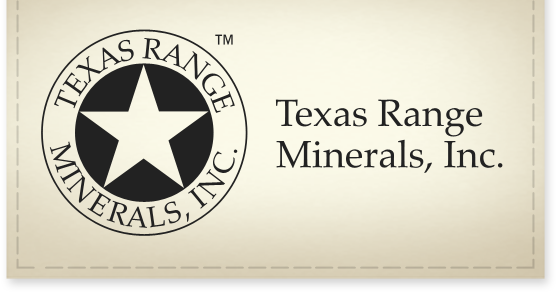Just Say “No!” to Cheap Fillers in Range Minerals
The cheapest filler used in most range minerals is CALCIUM. Calcium is cheaper than salt. Why is all that calcium in your typical range mineral?
A formula filler is any ingredient that takes up space in a mineral supplement formula and is not needed by the cattle. Most forages ― but especially western forages ― contain excess calcium. That being true, why is all that calcium in most mineral supplements?
It is there to take up space, and it is cheap. You can do the math.
Look at a mineral tag that is 16% calcium and 8% phosphorus. The phosphorus in most minerals comes from mono- or dicalcium phosphate (21% P, 18% Ca and up to 14,000 ppm iron). Calculate to see that about 38% of that mineral formula is a calcium compound― that very likely is not needed by cattle.
Be aware, too, of the “Stealth Iron” that tags along with the calcium phosphates into the mineral. The detrimental effects of excess iron in cattle is well known.
Salt usually gets the rap for being the cheap filler. But because sodium is always deficient in forages, salt cannot be a filler because the sodium is needed. Cattle have, also, a chlorine requirement, for making hydrochloric acid in their lower digestive tract. Usually, chlorine is adequate in forages; usually cattle consume salt for the sodium.
Now, the word “Calcium” showing up on a tag doesn’t cause one to think “filler” because calcium is an important mineral element. But if calcium is in excess in forages, then it does not need to be supplied in a range mineral. Many water sources also contain high levels of calcium.
Texas Range Minerals supplements phosphorus with the most potent source of phosphorus available: mono-sodium phosphate (MSP), 26% P, 0% Ca and <50 ppm iron. MSP delivers all of its phosphorus directly to the rumen in an available form that does not precipitate out. It is there when rumen microbes need it to manufacture ATP. Do the math. Look at the atomic weight of the mono-sodium phosphate molecule and its 100% water solubility versus the old 1950s industry-standard calcium phosphates that are not water soluble and are therefore not available directly in the rumen. Plus, cattle need the sodium portion. And there is no tag-along iron.
Indisputable is the fact that mono-sodium phosphate is a far superior phosphorus source for ruminants than mono-calcium phosphate or di-calcium phosphate.

